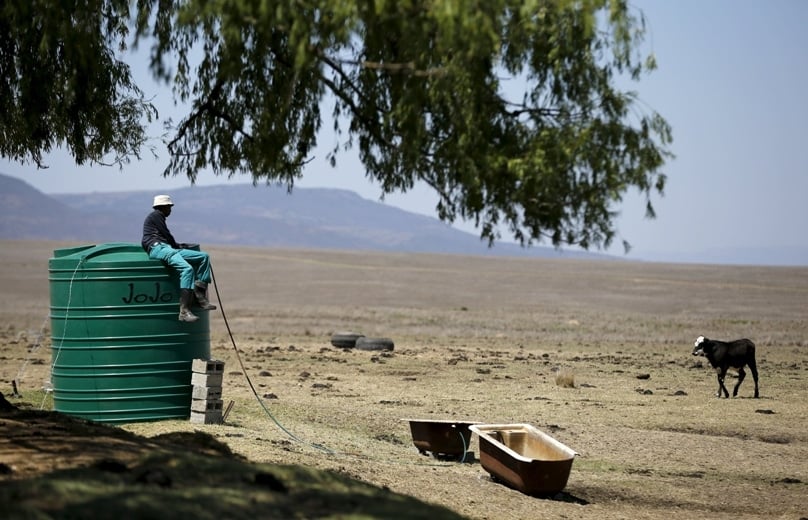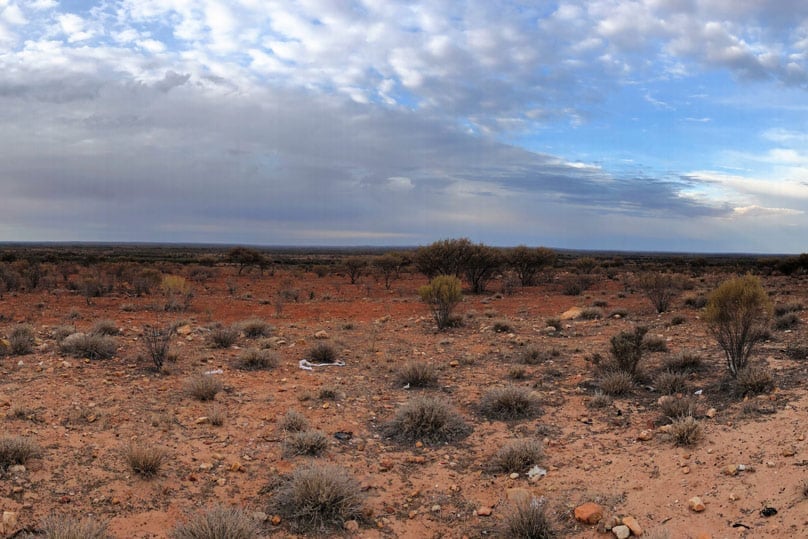
Australia’s natural environment is under increasing stress and has one of the highest rates of species decline in the world, according to a government report.
In the latest State of the Environment review scientists looked at changes in the last five years across key areas including air quality, biodiversity, extreme events, land, marine, and coastlines.
It paints a dire picture including an increased number of endangered and extinct mammals, birds, frogs and native plant species.
“Releasing the report Federal environment and water minister Tanya Plibersek said that it told ‘a story of crisis and decline in Australia’s environment’.”
Australia has the highest rate of extinct mammals in the world, and almost all types of native and threatened animals are in a poor, or very poor and deteriorating state, with 53 per cent of known species either endangered or critically endangered, according to the report.
Threats include climate change, habitat loss, invasive species, pollution, and resource extraction and unsustainable development.
Releasing the report Federal environment and water minister Tanya Plibersek said that it told “a story of crisis and decline in Australia’s environment”.

CSIRO chief executive Dr Larry Marshall said that scientists from across the country had meticulously gathered and assessed the evidence that contributed to the environmental snapshot.
“I would urge all Australians to engage deeply with this report, as a declining environment affects all of us,” he said.
Archdiocese of Sydney’s Justice and Peace Officer Fr Peter Smith said the report confirmed the call of Pope Francis in Laudato Si’ for an Integral Ecology “which challenges us to move beyond our anthropocentric view of creation and the associated technological paradigm to a holistic approach to creation which has an intrinsic right in and of itself”.
“Launching the World Day of Prayer for Creation in July last year Pope Francis stated ‘Living our vocation to be protectors of God’s handiwork is essential to a life of virtue; it is not an optional or secondary aspect of our Christian experience’.
“… the recent Plenary Council committed all dioceses to the Laudato Si’ Platform, hence putting ecological conversion front and centre of the mission of the Church in Australia.”
“This means it is incumbent on all Catholics (and indeed all people of good will) to care for creation. For Christians this reflects our love of God and our fellow men and women, as it is the poor and Indigenous communities who most suffer environmental impacts from climate change.
“The 2021-22 Australian Catholic Bishop’s Social Justice Statement is right to equate the ‘Cry of the earth and cry of the Poor’, while the recent Plenary Council committed all dioceses to the Laudato Si’ Platform, hence putting ecological conversion front and centre of the mission of the Church in Australia.”
Possible solutions include government action to legislate and enforce protection of native species, waterways and the land environment, the divesting of fossil fuels, prayer, personal conversion and education in sustainability, and investment in ethical industries by the Church and other institutions Fr Smith said.
